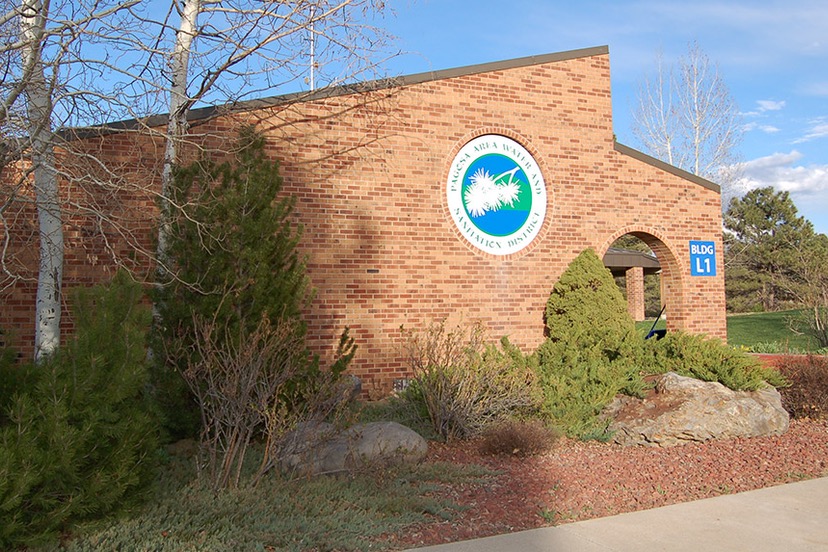In her letter to the weekly Pagosa Springs SUN, local activist Lee Stopher expressed her wish that discussions about selling the Running Iron Ranch — jointly owned by Pagosa Area Water and Sanitation District (PAWSD) and San Juan Water Conservancy District (SJWCD) — would be held openly and publicly, and that the two districts would be more generous in providing comprehensive information about local water issues.
Colorado law permits a public water district board like SJWCD to conduct closed door meetings in only a few very specific situations. One of the situations is to receive advice from the district’s attorney. Another is to discuss real estate sales and purchases. Often, a person wanting to purchase property from a water district — say, for example, a 667-acre ranch — would like to remain anonymous, and would like the offered price to remain undisclosed so that a competing potential purchaser is deprived of crucial information that might give the competing purchaser an unfair advantage.
When SJWCD and PAWSD was negotiating to use taxpayer revenues and customer revenues to purchase the 667-acre Running Iron Ranch as the site for the Dry Gulch Reservoir, most of the important negotiations took place behind closed doors. This was unfortunate for the community, over the long run, because a later study by an independent citizen work group determined that the Dry Gulch Reservoir was not needed and would not be affordable for PAWSD to build with its relatively small customer base.
Recently, the current PAWSD board has given indications that it would prefer to sell the Running Iron Ranch rather than continue making principal and interest payments on the $9.2 million loan PAWSD borrowed in 2008, based on faulty information and advice.
At last night’s special meeting, the PAWSD board met in a lengthy executive session — behind closed doors — to discuss the possible sale of the Running Iron Ranch and to get advice from the district’s attorney, Marcus Lock.
Disclosure: Although I participated in the executive session, I cannot legally reveal the details of the closed-door discussion, under Colorado law. Also, I need to be clear that this editorial reflects only my own opinions and not necessarily the opinions of the PAWSD board or staff.
The controversy between SJWCD and PAWSD, regarding the Running Iron Ranch, is complicated by personalities, and also by a series of agreements between the two water districts that direct them to work together to build the Dry Gulch Reservoir, in a financial environment where one of the two district — PAWSD — could conceivably afford to fund the project, but has determined, many years ago, that it’s not needed…
…and where the other district — SJWCD — still believes the reservoir is needed, but cannot conceivably afford to build it without a financially robust partner.
Following its executive session last night, the PAWSD board reconvened in open public session, and board member Glenn Walsh made a motion that recognized, basically, that PAWSD had received an offer to purchase the Ranch with terms that appear favorable to seeing a reservoir actually built on the Ranch in the future…
…and directing the PAWSD staff and the Running Iron Ranch subcommittee to continue negotiating with the potential buyer and to encourage the potential buyer to contact SJWCD directly and present an offer to them… since SJWCD is a joint tenant and part owner of the Ranch…
…And since SJWCD, unlike PAWSD, has consistently urged construction of the Dry Gulch Reservoir project.
What the PAWSD board would like from the deal is enough money to get its customers out from under a multi-million-dollar debt.
The other player in this game is the Colorado Water Conservation Board (CWCB) — the state agency that loaned $9.2 million to PAWSD in 2008, to help pay for the Ranch purchase. Whatever plan SJWCD and PAWSD agree to, CWCB will also need to endorse, on some level.
At one point, the PAWSD organization as a whole seemed to be behind the idea of a reservoir on the Running Iron Ranch. These days, it seems like almost no one in the organization is behind the idea.
I mentioned in previous installments of this editorial that PAWSD has been steadily improving its access to raw water, and has plans to further augment that access. But the water industry in the American West has been working hard to sell the idea that the future here will be hotter and more arid as climate change progresses.
Generating anxiety, in other words.
I assume that a fair number of PAWSD customers feel some anxiety about the district’s ability to serve the community in the future, at the level to which we’ve become accustomed. It’s quite possible a time will come when green lawns will be impractical, due to watering restrictions. It’s quite possible we will change the frequency at which we wash our clothes, and at which we flush our toilets.
But at this point, and knowing what I know about PAWSD and its water resources, that anxiety is not justified.

